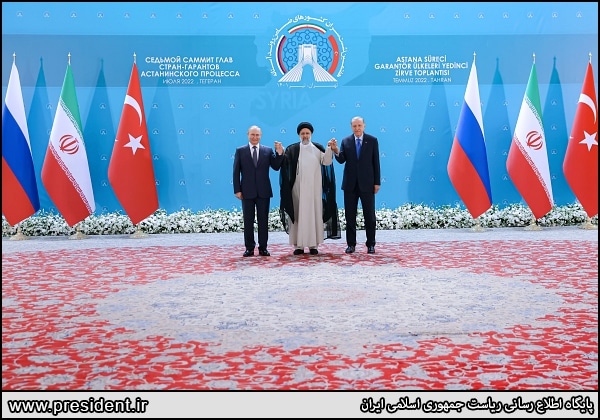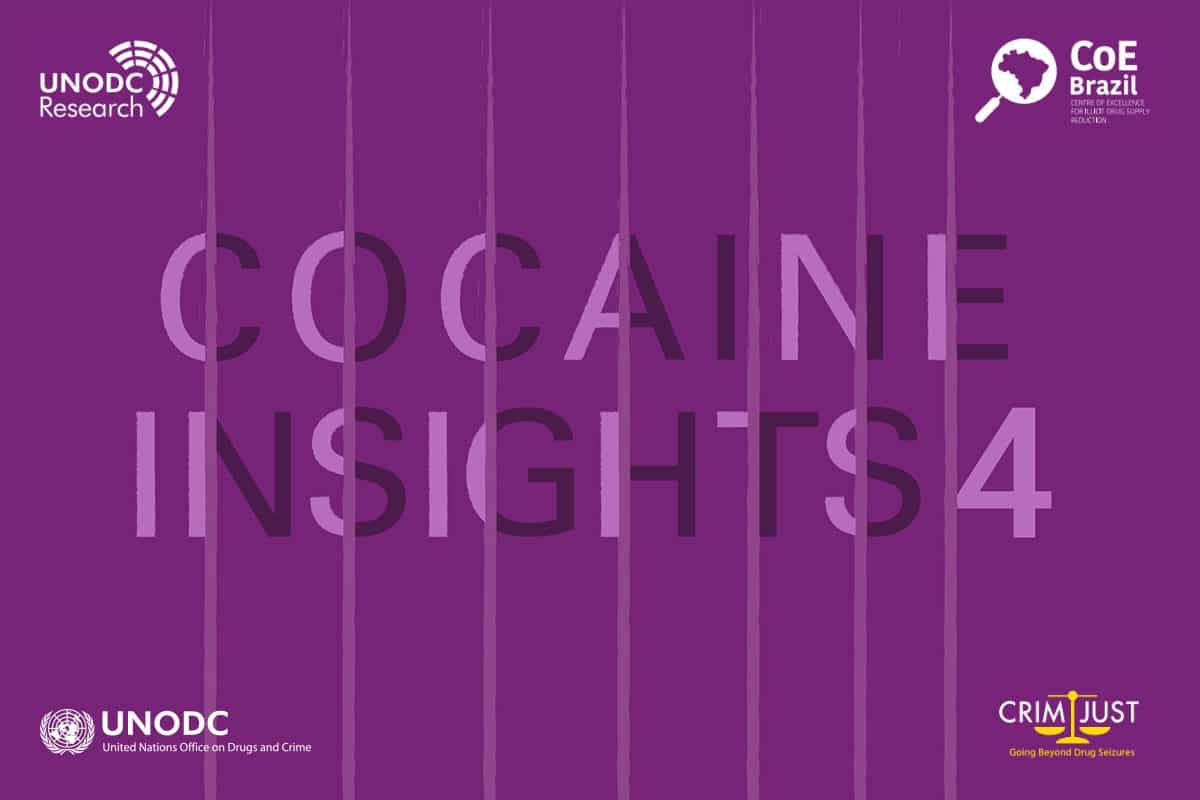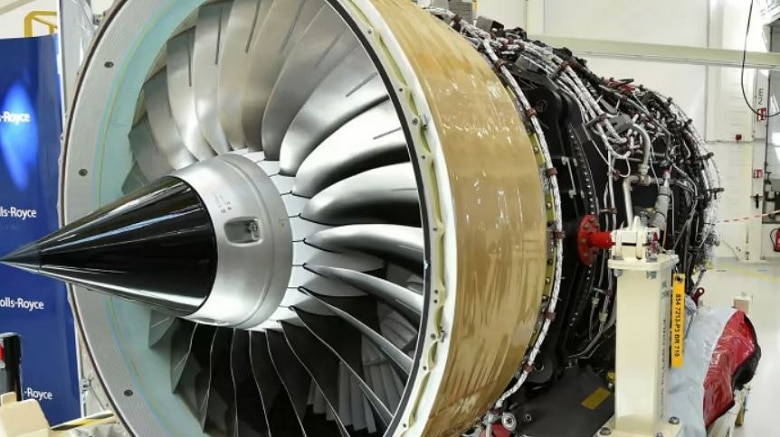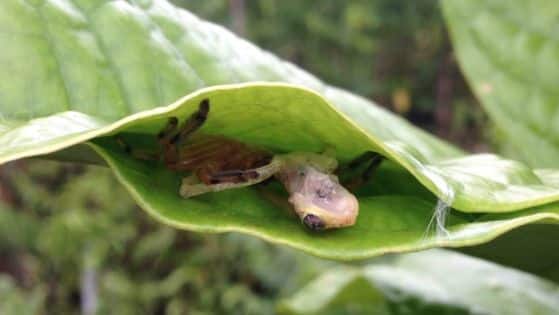Iran’s Ayatollah Ali Khamenei called for strengthening long-term cooperation with Russia. The call was made today during his meeting with Russian President Vladimir Putin, held in Tehran, reported France Press.
Iran’s supreme leader told Putin that the US dollar should be removed from world trade by agreeing that payments between them would be in their national currencies. He urged the Russian president to remain vigilant against the “deceitful West”, saying that if Putin had not started the war in Ukraine, NATO would have eventually.
“War is a cruel and difficult matter and the Islamic Republic is in no way pleased that civilians are involved in it, but as far as Ukraine is concerned, if you did not take the initiative, the other side would take the initiative and start the war,” he said. Khamenei, quoted by his press office.
The two leaders also reportedly discussed bilateral relations and the gradual removal of the US dollar from bilateral trade, in addition to Syria, Israel and the South Caucasus.
“The long-term cooperation between Iran and Russia is very beneficial for both countries,” Khamenei said, according to an official statement. “There are contracts and agreements between the two countries in the oil and natural gas sector, which must be continued and fully implemented in practice,” he added.
The Iranian leader’s office released an image of Khamenei shaking hands with the Russian president, a rare occurrence since the COVID-19 pandemic. Khamenei only shook hands with Syrian President Bashar al-Assad, Iran’s other main ally in the region, who made a surprise visit to Tehran in May, Al Jazeera reported.
Putin arrived in Tehran on Tuesday. First, he held a meeting with Turkish President Recep Tayyip Erdogan on the topics of the export of Ukrainian grain through the Black Sea, the Syrian conflict, the conflict in Nagorno-Karabakh and bilateral relations. Erdogan is the first NATO head of state to meet the Russian president since the war in Ukraine began in February.
Reuters cited information from the Kremlin that Putin thanked Erdogan that, thanks to his mediation, progress had been made to restore Ukraine’s grain exports by sea.
“Thanks to your mediation, we have made progress. All issues are not settled yet, really, but there is movement and that is a good thing,” added Putin.
On Friday, the Russian Ministry of Defense said that a final document would soon be ready to allow the export of grain from Ukraine through the Black Sea, reports AFP.
The two leaders discussed the Syrian crisis, the problems in Nagorno-Karabakh, and topics on the bilateral agenda, TASS adds.
Then Putin and Erdogan met with Iranian President Ebrahim Raisi to talk about Syria, but also about Ukraine.
“Countries that have made claims to fight terrorism in West Asia have not taken any meaningful steps in this regard, but the Islamic Republic of Iran and Russia have shown their honest and serious will through serious cooperation in fighting terrorism,” Raisi said.
Erdogan, in turn, said that his country relies on the support of Russia and Iran in the fight against terrorism in Syria.
“What we expect from Russia and Iran is their support for terrorism,” Erdogan insisted, then mentioned the main Kurdish movements operating in northeastern Syria, on the border with Turkey, where he has threatened to intervene.
“Turkey will soon continue its fight against terrorist organizations in Syria,” he added. “It should be clear to everyone that there is no place in the region for separatist terrorist movements and their allies. We will soon continue our fight against terrorist organizations,” he warned.
At the meeting, Putin expressed concern about the situation in the territories that are not under the control of the Syrian authorities and suggested that his colleagues from Iran and Turkey take additional steps to stabilize the situation in these areas, TASS reported.
He added that real threats such as crime, extremism and separatism emanate from these areas and added that the “destructive line of Western countries, led by the United States, which uses a large arsenal of means” contributes to this to a large extent.
Putin suggested that the next meeting on Syria between the three presidents should take place in Russia. He described trilateral cooperation on the Syrian issue as productive.
The meetings in Tehran come after Putin’s delegation, which arrived late on Monday, earlier on Tuesday signed a $40 billion memorandum of understanding (MoU) with Iran to develop oil and gas fields. Iran has the world’s second-largest natural gas reserves after Russia, but has lagged behind in expanding its infrastructure due to sanctions that have prevented foreign investment.
This is Putin’s fifth visit to Tehran and his second visit abroad since the war in Ukraine began in February. Putin first visited the Iranian capital in 2007, and then in 2015, 2017 and 2018.
His visit now comes days after United States President Joe Biden wrapped up his tour of the region, which saw him visit Israel, the occupied West Bank and Saudi Arabia, where he also met with Arab leaders from the region.
Khamenei to Putin: The dollar must be thrown out
Iran’s Supreme Leader Ayatollah Ali Khamenei met with Russian President Vladimir Putin on Tuesday and said the US dollar should be phased out of world trade.
Khamenei warns of “Western deceptions” and expresses hope for improved bilateral relations between the two countries.
Khamenei also mentioned that war is bad and that his country is not happy that ordinary citizens suffer from it, referring to the war in Ukraine.
The meeting comes after Putin previously held talks with Turkish President Recep Erdogan.
The supreme leader’s office released an image of Khamenei shaking hands with the Russian president, a rare occurrence since the COVID-19 pandemic. Khamenei only shook hands with Syrian President Bashar al-Assad, Iran’s other main ally in the region, who made a surprise visit to Tehran in May, Al Jazeera reported.
“In terms of international security, we will strengthen our cooperation,” Putin said, adding that both countries play a major role in ensuring Syria’s security.
The Iranian president told him that cooperation between Iran and Russia has created stability and security in the region.
“Countries that have made claims to fight terrorism in West Asia have not taken any meaningful steps in this regard, but the Islamic Republic of Iran and Russia have shown their honest and serious will through serious cooperation in fighting terrorism,” Raisi said.
This is Putin’s fifth visit to Tehran and his second visit abroad since the war in Ukraine began in February. Putin first visited the Iranian capital in 2007, and then in 2015, 2017 and 2018.
His visit comes days after United States President Joe Biden wrapped up his tour of the region, which included visits to Israel, the occupied West Bank and Saudi Arabia, where he also met with Arab leaders from the region.
The meetings come after Putin’s delegation, which arrived late on Monday, earlier on Tuesday signed a $40 billion memorandum of understanding (MoU) with Iran to develop oil and gas fields.
Iran has the world’s second-largest natural gas reserves after Russia, but has lagged behind in expanding its infrastructure due to sanctions that have prevented foreign investment.
Photo: The Iranian leader’s office released a photo of him shaking hands with the Russian president, a rare occurrence since the COVID-19 pandemic













